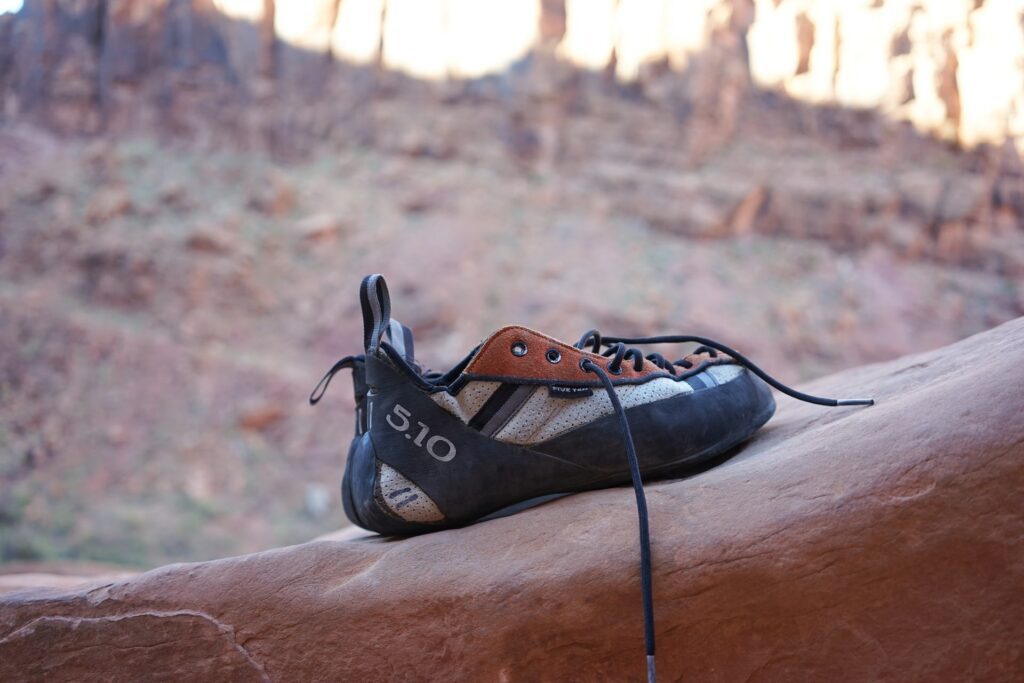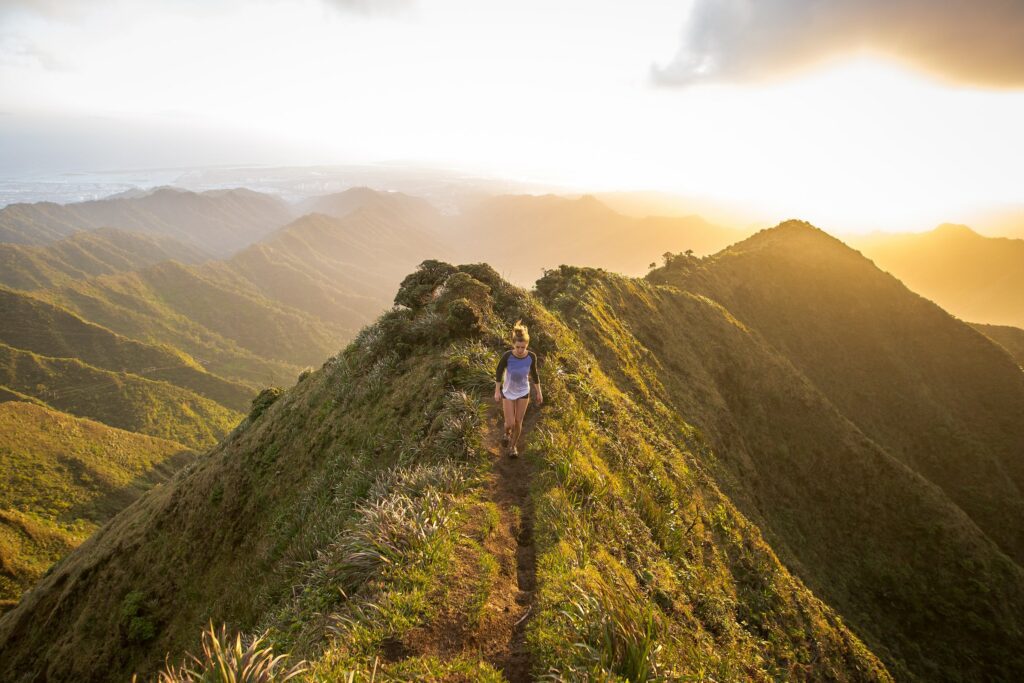Table of Contents
When it comes to outdoor activities such as hiking, camping, and backpacking, having the right footwear is crucial. Wearing the wrong shoes for outdoor activities can lead to discomfort, and injuries and at worst, even ruin your outdoor experience.
In this comprehensive guide, we will explore the various types of shoes available for outdoor activities, their features, and what to look for when buying them.

The Importance of Wearing Shoes for Outdoor Activities
Whether you’re hiking, camping, or engaging in any other outdoor activity, proper footwear is essential to ensure your safety and comfort.
Wearing the right shoes or boots can not only protect your feet from injury but also improve your overall experience.
Protecting Your Feet
When you are outdoors, your feet are constantly exposed to various hazards such as rocks, roots, and uneven terrain. Wearing the proper outdoor footwear can help protect your feet from injuries, such as cuts, scrapes, and sprains. Additionally, some outdoor activities like hiking or mountaineering require shoes or boots that have sturdy soles and ankle support to prevent twists and falls.
Providing Comfort and Support
Wearing comfortable and supportive outdoor footwear can make a significant difference in your overall experience. Hiking or walking in poorly fitting shoes can lead to blisters, hot spots, and sore feet. Outdoor shoes that are designed to provide cushioning and support can help prevent these issues and keep your feet comfortable even after hours of walking.
Improving Your Performance
The right outdoor footwear can also help improve your performance in outdoor activities. Shoes or boots with good traction can help you walk on challenging terrain, while lightweight shoes can help you move faster and with more agility. If you’re planning to engage in activities that require a lot of walking or running, choosing the right shoes can help you perform better and avoid injuries.
Types of Outdoor Shoes
There are several types of shoes available for outdoor activities. Here are some of the most common ones:
1. Hiking Shoes
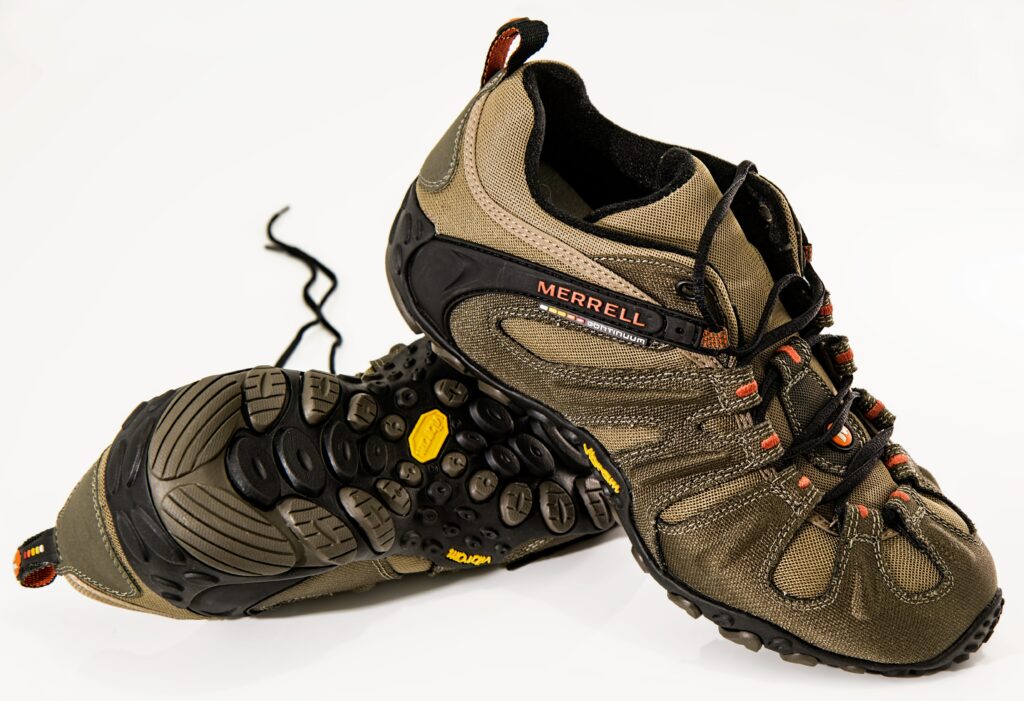
Hiking shoes are designed for day hikes on trails and moderate terrain. They are lightweight and offer more flexibility and breathability than hiking boots. Hiking shoes typically have a low-cut design, providing support for the ankles while allowing for greater mobility.
2. Hiking Boots
Hiking boots are designed for longer hikes on rough terrain. They offer more support and protection than hiking shoes, with a higher cut that provides ankle stability. Hiking boots are typically made of durable materials such as leather and have a sturdy sole for better traction.
3. Trail Running Shoes
Trail running shoes are designed for running on trails and rough terrain. They are lightweight, flexible, and have a rugged outsole for better traction. Trail running shoes typically have a low-cut design, providing more mobility and breathability.
4. Mountaineering Boots
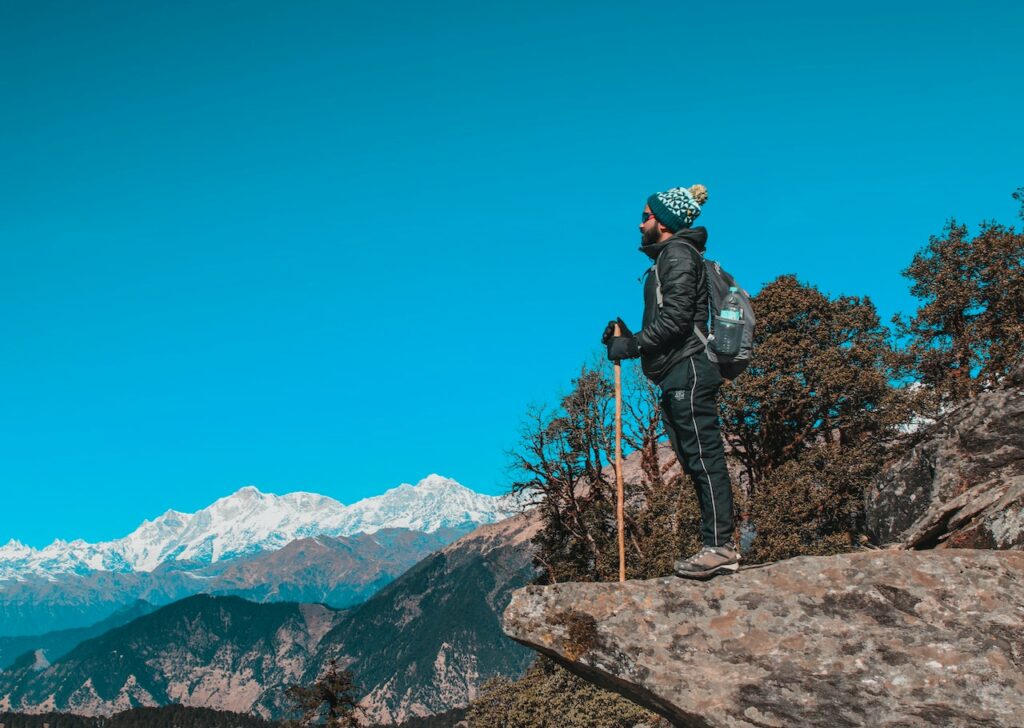
Mountaineering boots are designed for high-altitude climbing and extreme weather conditions. They are heavy-duty and offer the highest level of support and protection. Mountaineering boots typically have a high-cut design, providing maximum ankle stability and insulation.
5. Water Shoes
Water shoes are designed for water activities such as kayaking, rafting, and canoeing. They are made of quick-drying materials such as neoprene and have a non-slip sole for better traction on wet surfaces. Water shoes can also be worn for hiking in wet conditions.
Features to Look for When Buying Outdoor Shoes
When buying outdoor shoes, there are several features that you should look for to ensure that you get the right shoe for your needs. Here are some key features to consider:
1. Fit
The fit of your shoes is crucial for comfort and support. Look for shoes that fit snugly but not too tight. Make sure there is enough space in the toe box for your toes to move freely. Consider trying on shoes with the socks you plan to wear during your outdoor activity.
2. Material
The material of your shoes affects their durability, breathability, and waterproofness. Leather shoes are durable and offer good protection but may not be as breathable as synthetic materials. Gore-Tex and other waterproof membranes can add to the waterproofness of your shoes but may affect their breathability.
3. Traction
The traction of your shoes is important for stability and safety on rough terrain. Look for shoes with a rubber outsole and deep lugs for a better grip on slippery surfaces.
4. Support
The level of support you need depends on the activity you plan to do. For example, hiking boots offer more ankle support than hiking shoes. Consider the terrain and duration of your activity when choosing the level of support you need.
5. Breathability
Breathability is important for comfort during long activities in warm weather. Look for shoes with breathable materials such as mesh and vents to allow for better airflow.
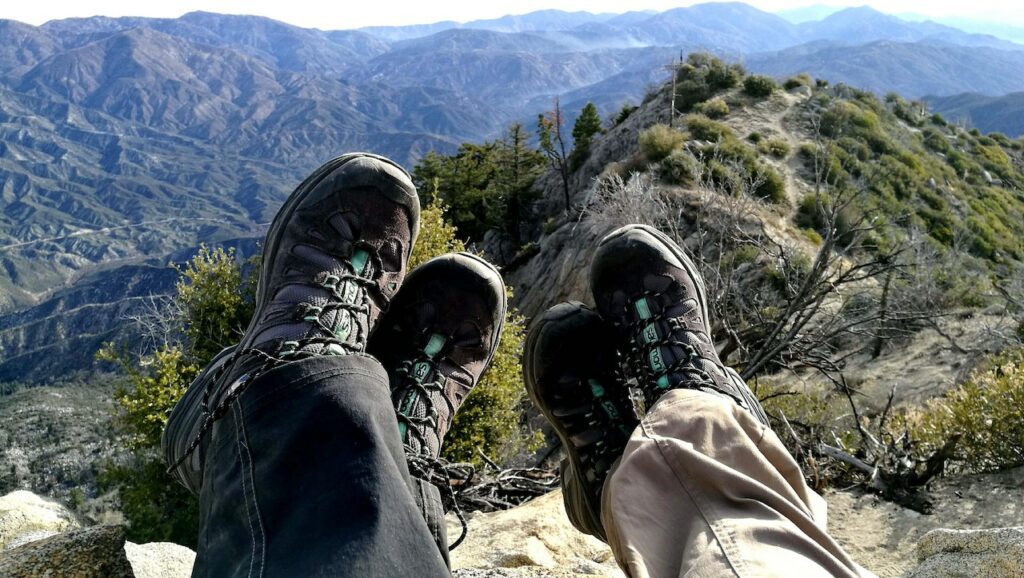
Conclusion: Shoes for Outdoor Activities
Shoes for outdoor activities are a necessity for your hiking trips. These are specially made for adventures that are 100% sure to kick off the adrenaline in you.
Aside from adding to your gear, these shoes help protect your feet, provide comfort and support, and improve your performance. Treat them as your number-one buddy as you climb those heights!
Hiking shoes, hiking boots, Trail Running Shoes, Mountaineering Boots, and Water shoes are some of the most common types of shoes for outdoor activities. Make sure when you buy one of these that you look into the product’s fit, material, traction, support, and breathability.
Go ahead and conquer those meters up above!

